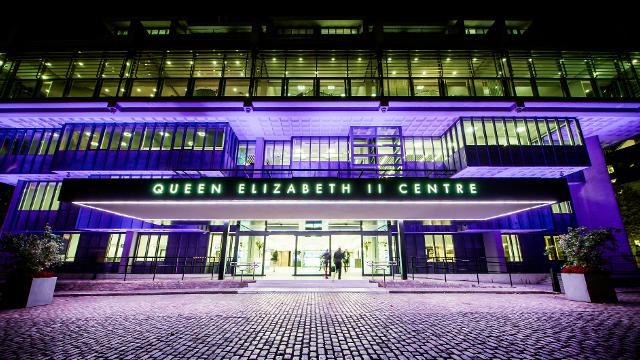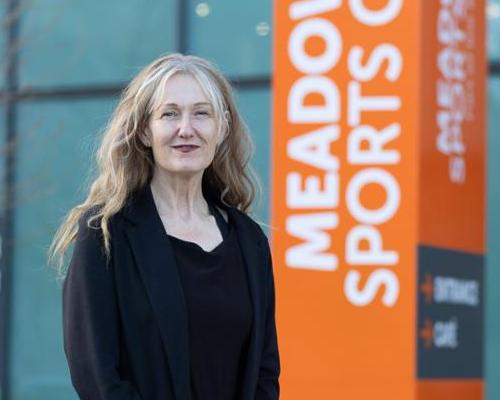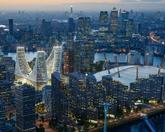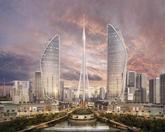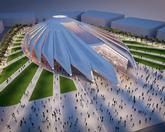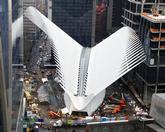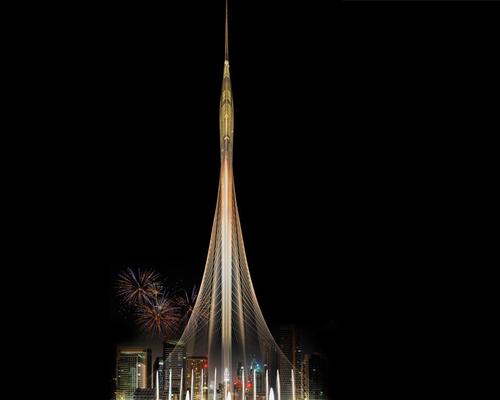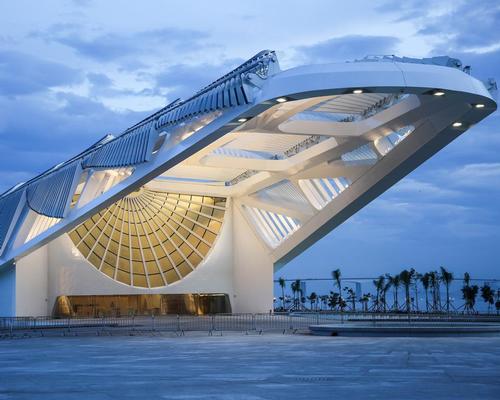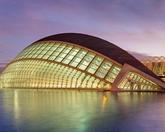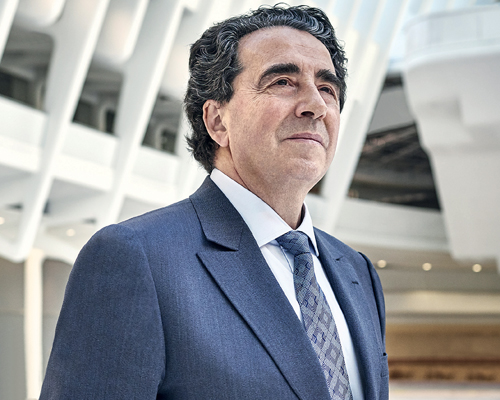Santiago Calatrava exclusive: 'I want to push the limits of expression'
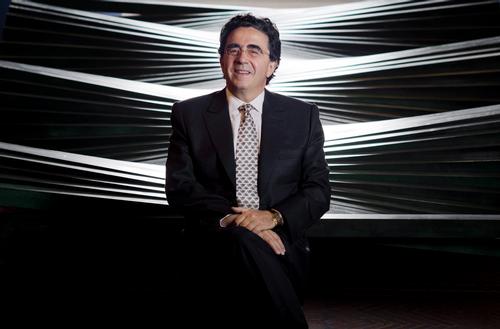
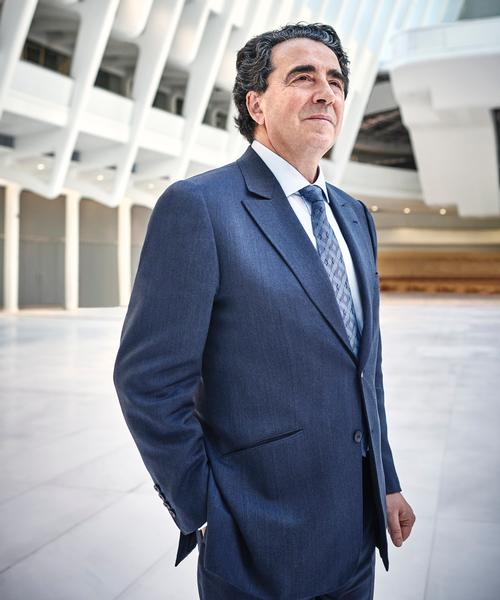
Spanish architect Santiago Calatrava has told CLADglobal how he wants to use technology and advanced engineering “to push the limits of expression.”
“From day one, movability has been important to me,” he said, in an exclusive interview. “Today we can create this sense that architecture is no more an aesthetic and firm thing, but rather something that transforms, something alive, something new and poetic.”
Calatrava also discussed his controversial reputation, why he loves to build for the public and his £1bn transport and leisure hub for Greenwich, London.
The interview appears in the new issue of CLADmag – our quarterly magazine – which is available to read now both online and in print.
The full feature appears both below and on digital turning pages.
The world of contemporary architecture is far from short of controversial characters. But even in this sometimes polarising industry, few people split opinion quite like Santiago Calatrava, the Spanish architect, engineer, sculptor and painter disparaged by some and hailed as a visionary by others.
Everyone has an opinion, because love them or hate them, Calatrava’s stylised neo-futuristic structures are impossible to ignore.
From the Museum of Tomorrow in Rio de Janeiro to Valencia’s City of Arts and Sciences, the Milwaukee Art Museum in Wisconsin and the World Trade Center Transport Hub in New York, Calatrava’s work dominates city skylines around the world. His signature white skeletal forms, often representing natural organisms, have become as identifiable to him as curves were to the late Zaha Hadid.
The problem, at least in the eyes of his critics, is the cost it takes to achieve his complex visions. The transport hub infamously came in at a whopping US$4bn – twice its original budget – while the Valencia project was plagued by soaring cost overruns, delays and legal battles over structural problems, including a leaking roof and falling tiles.
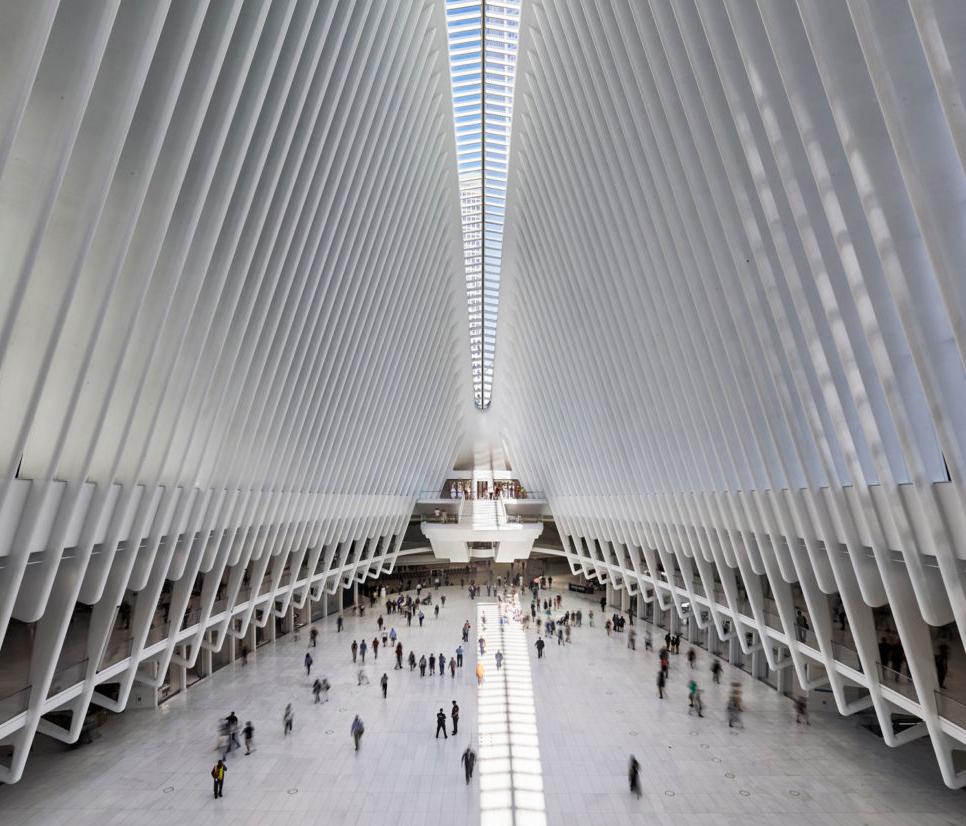
In 2014, a Spanish political party was ordered to pay Calatrava damages after cataloguing alleged flaws in his buildings on a website titled ‘Calatravatelaclava’ – loosely translated as “Calatrava bleeds you dry.” In an interview with The New York Times, the president of Bilbao’s architectural association complained that “rather than searching for functionality or customer satisfaction, he aims for singularity.”
These slings and arrows have had little obvious impact on Calatrava’s career. On the contrary, the accolades keep on coming, including a lifetime achievement award from the Leading European Architecture Forum in 2016, and the European Prize for Architecture the year before.
In the jury citation for the latter, architect Christian Narkiewicz-Laine described Calatrava’s buildings as “powerful works of art; inspired by a master’s gifted hand and sculpted by a superior, critical eye; immensely evocative and fiercely intellectual.” Cities want to work with Calatrava, he added, because “by building inspiring architecture for the public, he has added much to the definition of what is civic realm.”
The stream of high-profile projects shows no sign of slowing. From the United Arab Emirates’ falcon-shaped pavilion for the 2020 Dubai Expo, to a tower that will outmuscle the Burj Khalifa as the world’s tallest, the next big budget project is always just around the corner.
Now, after years of speculation and false starts, ‘a Calatrava’ will be built in London.
Peninsula Place
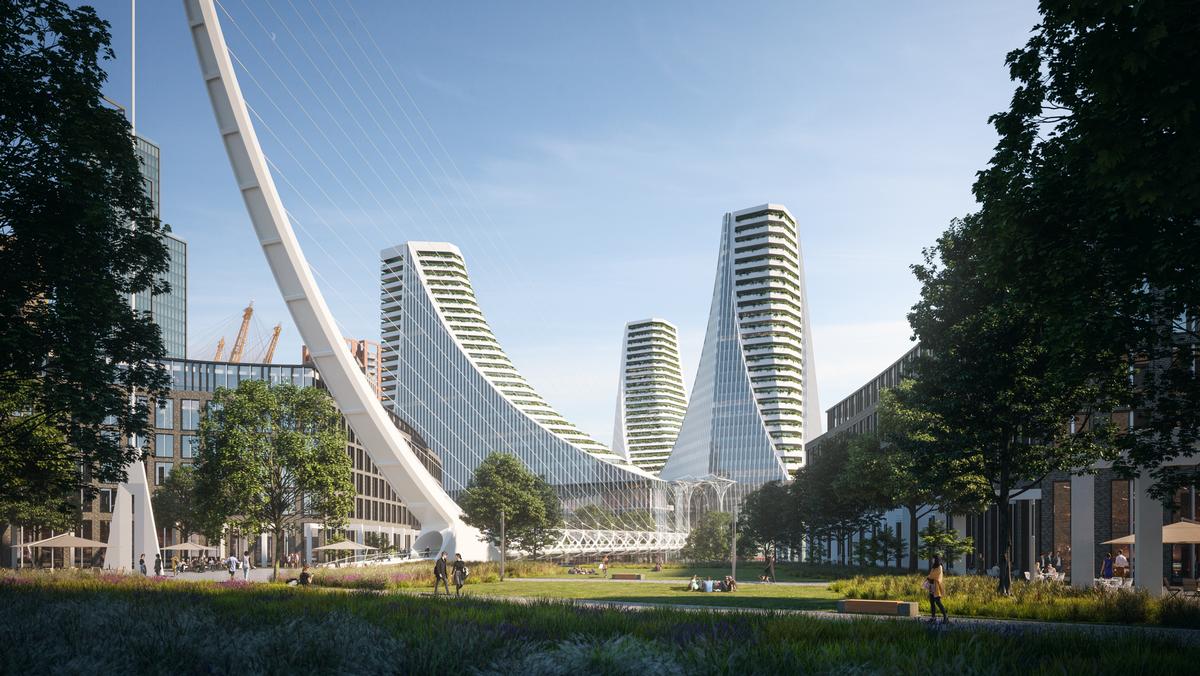
The project in question, Peninsula Place, is a vast underground station, transport hub and leisure zone for Greenwich in South East London. The site will serve as a gateway to the world’s most popular entertainment venue, Richard Rogers’ O2 Arena – formerly the Millennium Dome – and the new £8.4bn Greenwich Peninsula district beyond.
As you’d expect from a Calatrava project, it is monumental in both scale and budget. Billed by Hong Kong developer Knight Dragon as “a unique cultural destination,” it will have a surface area of 1.4 million sq ft. The price tag? A cool £1bn.
The complex will be formed of three 30-storey towers – housing offices, apartments and hotels – that rise in the shape of a crown. These will surround a 24m-tall glazed winter garden, topped by a triangular glass roof that can open to the elements.
It is into this space that people will ascend from the underground station, before being led along a 152m-long galleria of columns towards Peninsula Place’s leisure facilities – a theatre, cinema and performance venue, bars, shops and a wellbeing hub. Outside, a new Calatrava-designed land bridge will link with a public park alongside the River Thames.
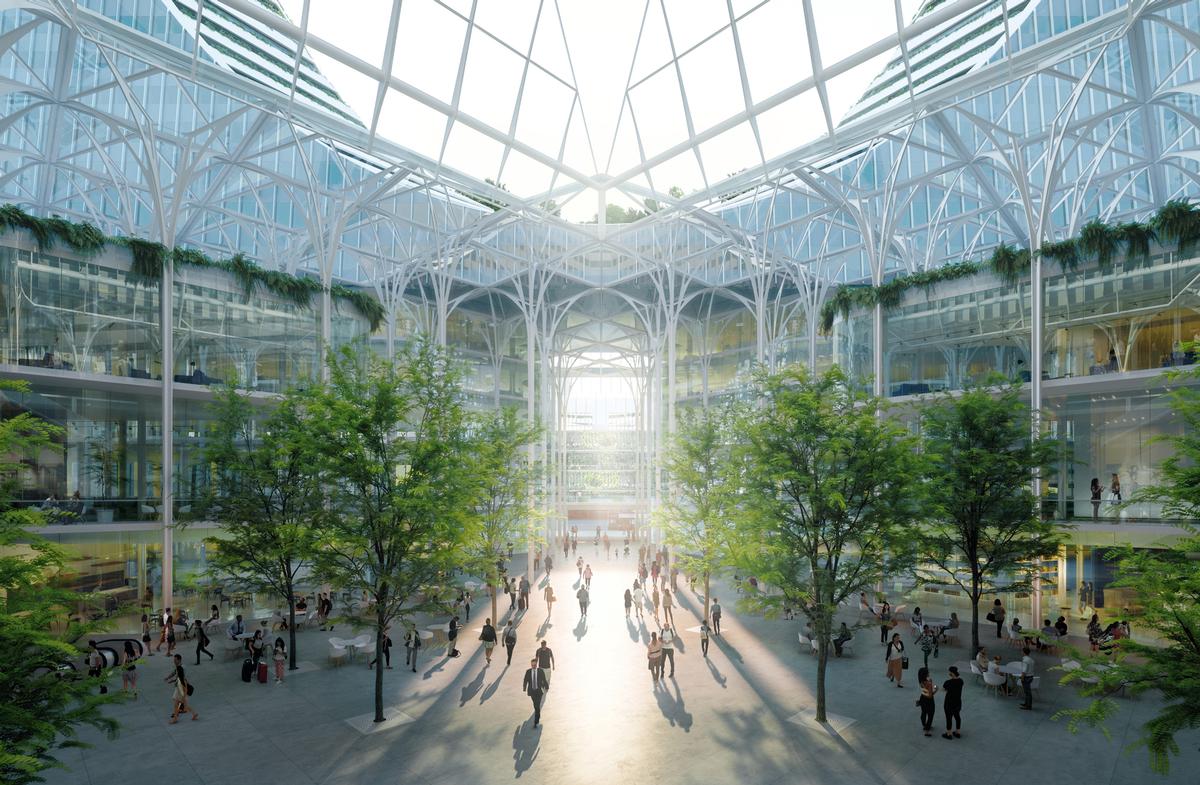
A GRAND GESTURE
I meet Calatrava following the project’s glitzy London launch – an event dramatically, or perhaps ominously, soundtracked by a series of movie theme tunes, including Star Wars. In person, he is calm, polite and happy for the big secret to be out in the open. Despite what has presumably been a long day of difficult questioning – I’m the last journalist to meet with him – he speaks quickly and passionately about Greenwich. In fact, I can barely get a word in edgeways.
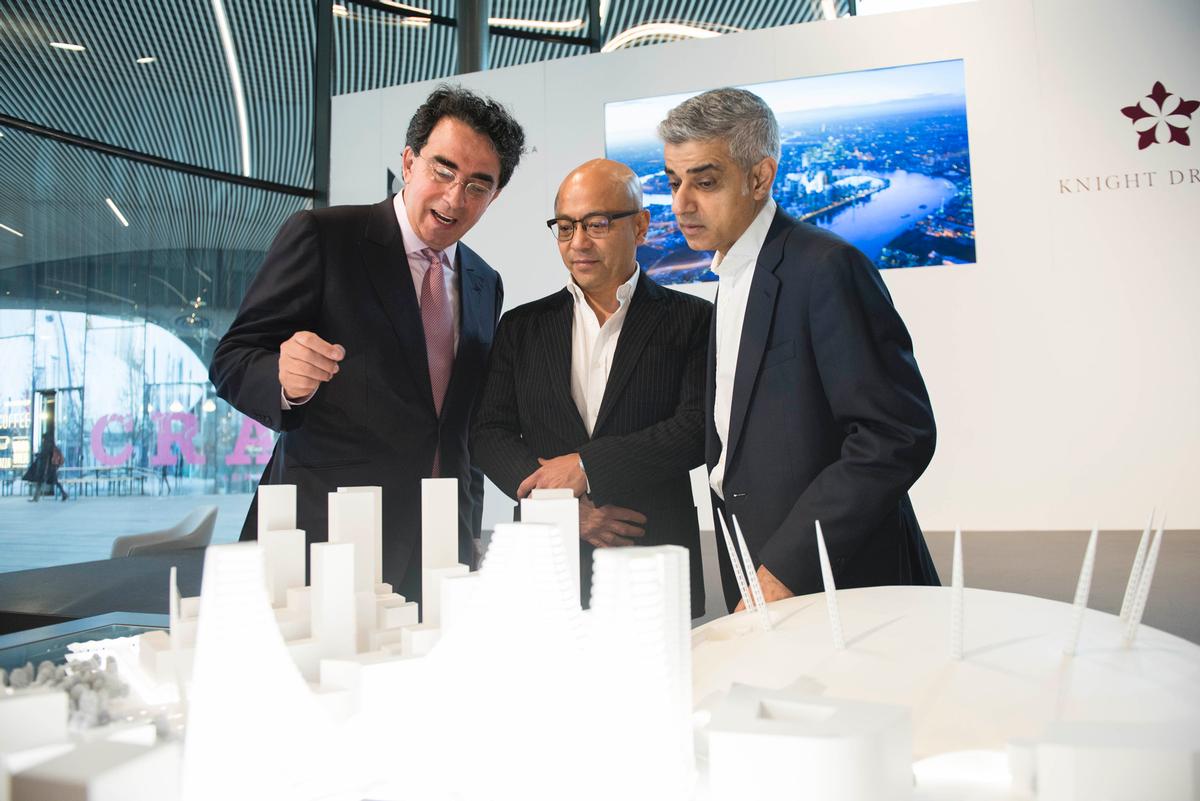
“This project is very important to me,” he says, gesturing at the large model of his design that dominates the room. “There is such potential here. Greenwich is an area of architectural and industrial archaeology. From the top of the towers, you will see the most beautiful fluvial landscape and feel how vibrant London is.”
He became involved in the project over 18 months ago, when Knight Dragon invited him to design a grand gesture for Greenwich Peninsula and “a special place of the arts and for the public.”
“That was enormously appealing to me, because for more than 35 years, 80 per cent or more of my work has been public buildings, and I have done many transport projects and bridges too,” he says. “Most architects would think carefully before taking on a project like this, and I was no different, but I soon felt I could contribute something to this place.”
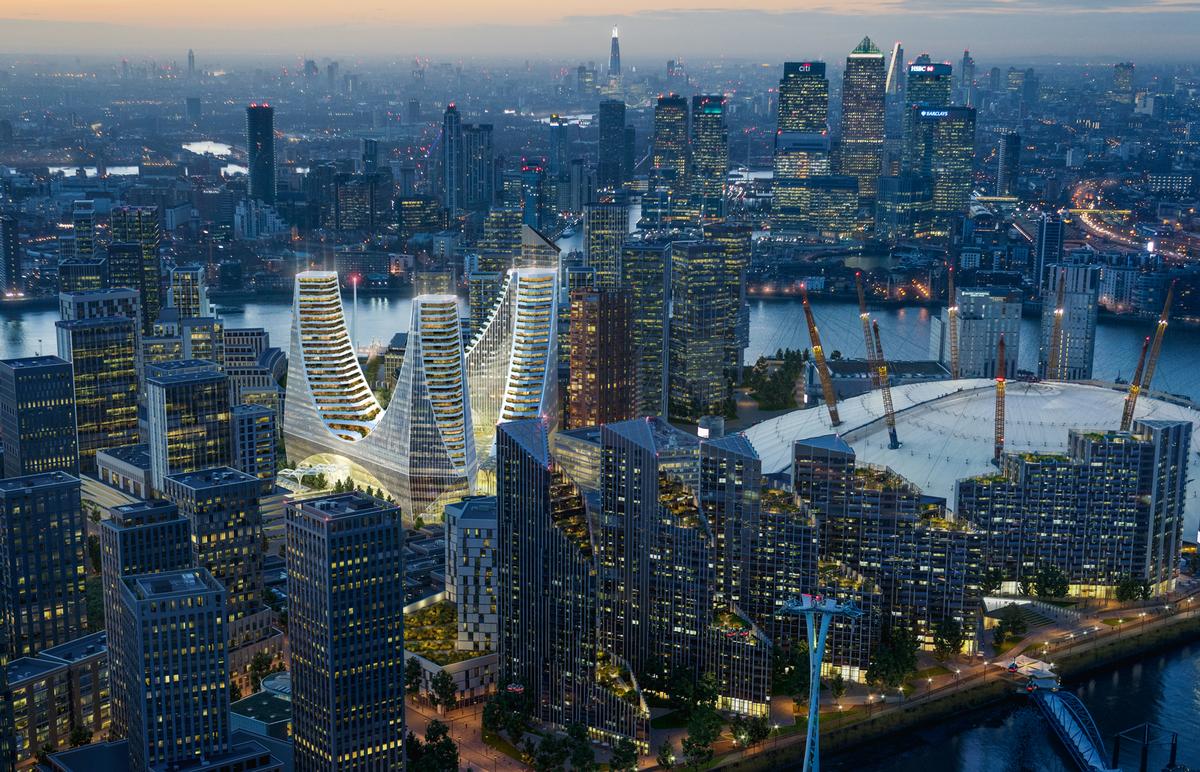
Calatrava believes Peninsula Place gives him a chance “to build for people who don’t usually have the opportunity to go to public places that are nice and beautiful.
“I want to make them feel ‘this is my place, and it’s been made for me’. The goal is to celebrate the area and deliver important things to an important city, but also to humanise the building as much as possible. If we achieve this, it will be like giving a concerto for someone who is hearing good music for the first time.”
During the design phase, Calatrava would regularly fly from Zürich to London City Airport, “just seven minutes away from Greenwich”. Looking down at the city landscape from the plane, he formulated ideas to be expanded later, often while drinking coffee by the Thames.
Peninsula Place will occupy a challenging site. There is a protected park nearby. The existing underground and bus network has to be integrated into the project. The orientation of the hub will have to be perfect to cater for hundreds of thousands of visitors travelling to the O2 – a “very important landmark that should not be overshadowed,” says Calatrava.
For inspiration, Calatrava considered London’s gothic heritage, its garden cities, and particularly the structures built by two of his heroes, Isambard Kingdom Brunel and Joseph Paxton, the designer of London’s Crystal Palace.
Then, he thought about the Greenwich Meridian Line, where the western and eastern hemispheres are divided.
“In Spain, if you’re a 10 year old kid you learn about ‘El Meridiano’ and it seems fantastic! Now I am building at El Meridiano,” he says, with feeling. “We want to impress a child with this design and find elements that excite them. I want them to think, ‘Wow, this is where the Meridian Line passes through!’ Because that is an extraordinary fact, that many people in London have forgotten.
“We want to recall these kind of childhood ideas and memories, and give them form.”
To achieve this, Calatrava’s bridge will act as an enormous sundial, with the vertical mast cable landing on the Meridian Line, “showing a kid that the shadow at noon goes always to the north side.”
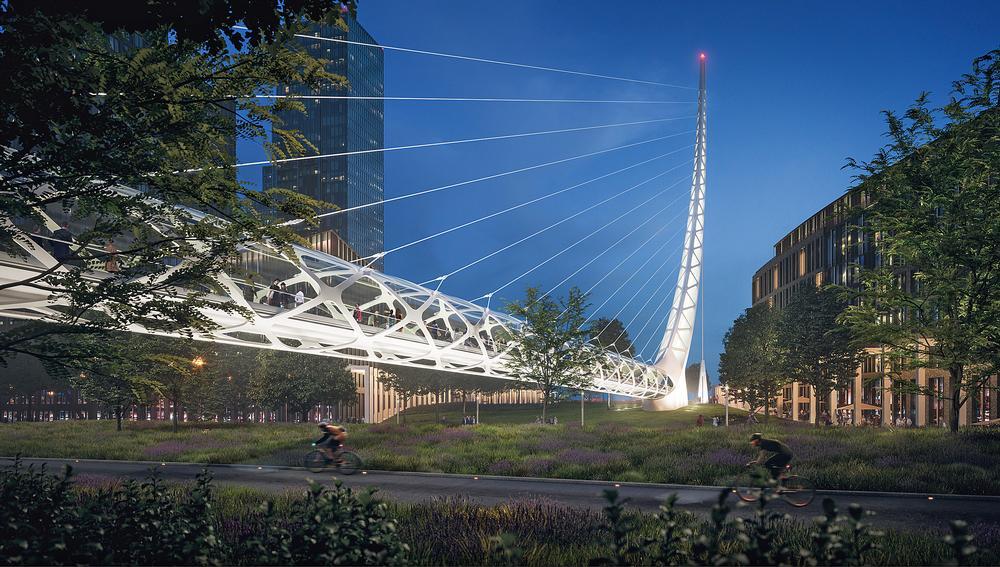
Foldable frames and moving parts
The huge moving shadows and openable glass cupola demonstrate the kind of movability that is a regular feature of Calatrava’s work.
The Museum of Tomorrow’s roof is lined with photovoltaic solar panel ‘wings’ that follow the position of the sun throughout the day. His New York Transport Hub has a 355 foot-long operable skylight that opens every 11 September to let in sunlight for 102 minutes – reflecting how long the 2001 terrorist attack lasted, from the time the first jetliner hit the trade centre until the collapse of the second tower.
Even the buildings that don’t physically move are designed as if poised to take flight at any moment.
“From day one, movability has been important to me,” Calatrava explains. “It was the subject of my doctoral thesis. The industrial technology available today means we can create this sense that architecture is no more an aesthetic and firm thing, but rather something that transforms, something alive, something new and poetic.
“When I speak to you, I am gesticulating with my arms and hands. When wind blows, trees move and water ripples. It’s the same with my buildings. They are not static. By transforming, they can adapt with time and capture an instant. For example, they react to the weather. With Peninsula Place, if it’s cloudy and cold, I close the roof. If it’s sunny, I open it.”
He laughs. “This is good, because a friend told me if you don’t like the weather in London, you just wait 10 minutes and it will change.”
Calatrava originally trained as an artist, before the discovery of a book about Le Corbusier inspired him to study architecture at university in Valencia. Later, he enrolled at the Swiss Federal Institute of Technology in Zürich to study a second degree in civil engineering.
Art and architecture
It is this confident merging of disciplines that has propelled him to superstardom. In his citation for the European Prize, Narkiewicz-Laine remarked: “Calatrava regularly traverses the lines between art and architecture; his buildings are frequently called sculptural, while his sculptures and paintings are like sketches of buildings.”
This duality becomes apparent as we speak. One moment, Calatrava the engineer provides lengthy, technically rich explanations about the impact of forces and dynamic acceleration. The next, Calatrava the artist tells me about the poetry of the built environment.
I ask him if he considers himself an architect or engineer first and foremost.
“For me, it is about how I can use engineering in a way to signify a place,” he replies. “This is the way I have been with building with technology. I want to use it to push the limits of expression.
“The possibilities of technology are fascinating because we can trust it. People hang in single-cable cable cars every day, and they are relaxed. They go in an elevator in a very, very tall building, but they have no worries. Technology can help us towards a new architecture.”
Warming to his theme, I’m introduced to a third Calatrava – the philosopher.
“You know, there is no difference between art and technique, nor between architecture and engineering. Both serve the art of construction.
“An engineer uses technique, which comes from the ancient Greek word ‘technikí’. But the Greeks also have the word ‘téchni’, meaning art. The worker – ‘tekton’ – has a skill, which is used to achieve art. The ancient Greeks – who were very rational – said ‘a man who is capable of moving me through the creation of an object must be possessed by the Gods.’ Their word for this type of divine possession was ‘enthousiasmos’ – the root of the word ‘enthusiasm.’
“When an object is beautiful, it moves you and you feel uplifted. That is because there someone created it with enthusiasm, to express something. This is what we want to do here in Greenwich.”
For all his passionate words and evident delight in building in London, some people won’t be prepared to give Calatrava the benefit of the doubt. Given the controversies of the past, that’s hardly surprising, and I suspect a part of him has come to terms with this.
In previous interviews, he has defended himself vociferously (telling Co.Design: “There is so much vulgarity in the everyday, that when somebody has the pretension to do something extraordinary for the community, then you have to suffer”). However, when I ask him what he has learnt from his past projects, and how he feels about the criticism, he remains philosophical.
“I’ll give you a brief example [of my thoughts]. At the age of 82, when he was completely deaf, Goya, the great Spanish painter, left Spain and went in exile to Bordeaux. Then, suddenly, he moved to Paris, where nobody knew him and where he could only communicate by writing in Spanish. Even the French culture minister asked ‘why has this man moved here?’
“Well, he went there, deaf and alone, to learn photography. From around this time there is a small drawing by Goya of an old man, bent over with two walking sticks. It is titled ‘Aun aprendo’.
“It means ‘I am still learning.’”

Leisure Centre Duty Manager
Leisure Supervisor (Development)
Recreation Assistant (Dry Site)
Party Leader
Cleaning Assistant
Duty Manager
Duty Manager
Team Leader (Harrow School Fitness Club)
Centre Manager (Leisure)
Director of Operations
Fitness Motivator
Recreation Assistant/Lifeguard (NPLQ required)
Membership Manager
Recreation Assistant
Swim Teacher
Swim Teacher
Chief Executive Officer, Mount Batten Centre
Swimming Teacher
Swimming Teacher
Company profile

Featured Supplier

Property & Tenders
Company: Knight Frank
Company: Belvoir Castle
Company: AVISON YOUNG
Company: London Borough of Bexley
Company: Forestry England





















